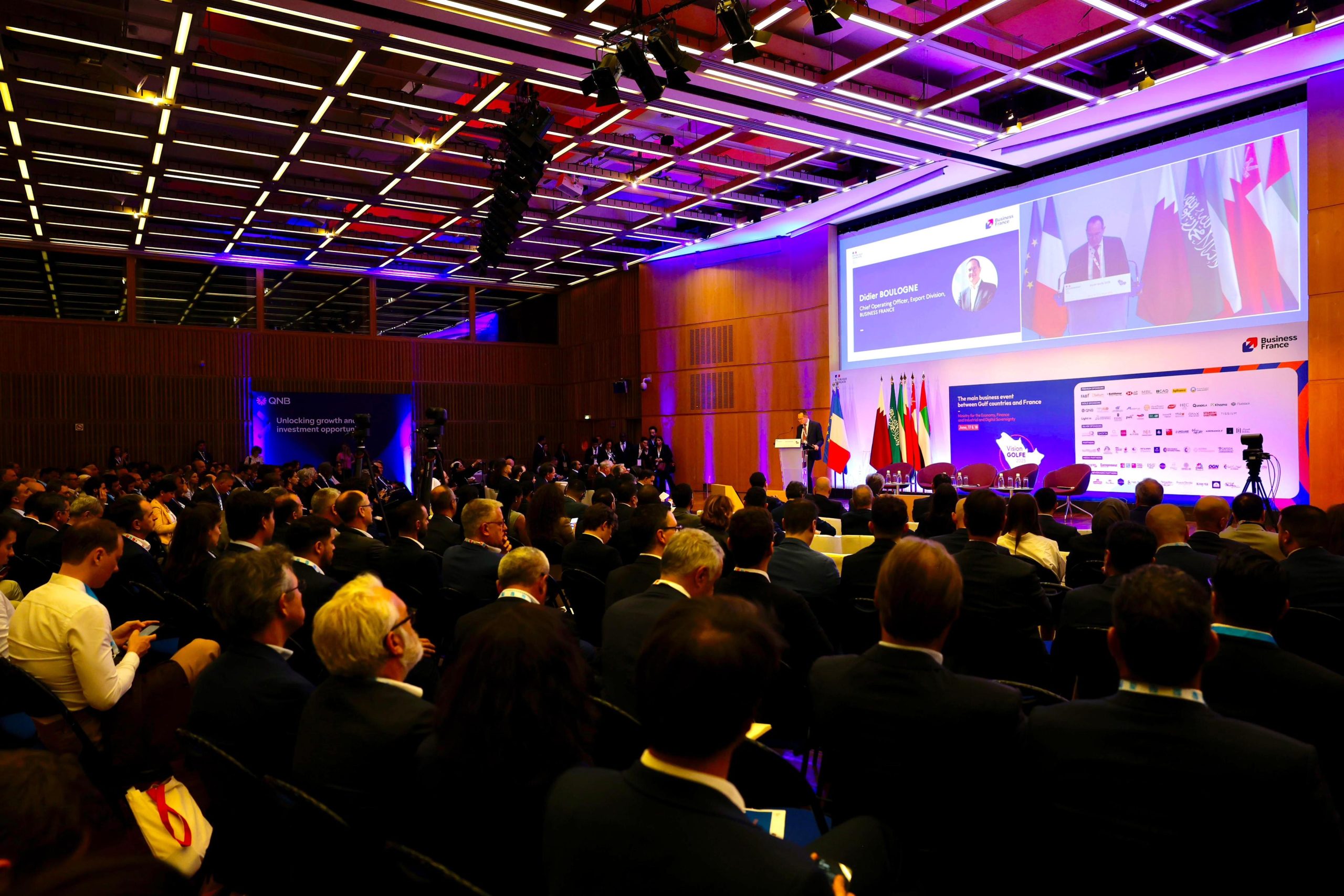[ad_1]
When Rosie Couture, co-founder of the youth-led movement Generation Ratify, whose mission is to advance gender equality in the US, arrived in Seneca Falls for the Equal Rights Amendment’s Centennial Convention this summer, she was moved by the enormity of the other young people who attended.
“This is the first time that I found a political home,” Couture reflects. “I feel like these people, this community, really get me and are here to support me and take action.”
In all, more than 100 people gathered in Seneca Falls on July 21, 2023, to commemorate the 100-year-long struggle to publish the Equal Rights Amendment (ERA) and build a youth-led intersectional movement for the next generation.
HERSTORY
When Alice Paul first introduced the previously named Lucretia Mott Amendment in 1923 in the same location, excitement was in the air. The Amendment, which would guarantee equal rights for women throughout the US, was introduced to Congress later that year and gained momentum after garnering support from the National Women’s Party.
But one hundred years later, the now-named ERA is still awaiting publication and, today, younger generations are taking the lead in these efforts.
A Pivotal Moment
Following the Supreme Court’s reversal of the Constitutional right to abortion by overturning the Dobbs. vs. Jackson Women’s Health Organization decision in 2022, there has been an increased urgency to publish the ERA.
“There’s clearly a very critical need for something like the ERA and the language of the ERA to be put in the Constitution to explicitly protect women, sexual minorities, and also just the idea of bodily autonomy,” says Ting Ting Chang, the director of Equal Rights Amendment Project at Columbia Law School’s Center for Gender and Sexuality Law.
According to Chang, more young people, in addition to women, are becoming increasingly anxious about the new restraints recently instituted in the US political system’s democracy. She adds that young people are being driven by anger over fundamental rights that have been upheld for the past 50 years, which are now being taken away from them “almost on a whim”.
However, many young people believe there is still a lot to be hopeful for, due to the growing ERA movement, especially within the last five years. One of the major achievements occurred when Virginia became the 38th final state to ratify the Amendment in 2020.
“Not only did that obviously spark a lot of interest in getting an abortion amendment added to state constitutions, but also led to getting some state ERAs on constitutions,” says Belan Yeshigeta, co-founder of the Generation Ratify.
In March, the first-ever Congressional Equal Rights Amendment Caucus was held, aiming to affirm the ERA as the 28th Amendment. Leaders including Congresswoman Ayanna Pressley and Congresswoman Cori Bush, along with representatives Becca Balint, Nanette Barragan, and others, gathered to advocate for creating an inclusive ERA.
“That’s a really beautiful moment to be in because now we know that a lot of our leaders in Congress are aligned with people on the ground who are advocating for the same kind of ERA that is equally expansive and inclusive,” Couture adds.
Part of the efforts made by Generation Ratify and other movements is to build the ERA momentum by creating a youth-led movement that aims to bridge the generational gap and make the movement more intersectional through events like the Seneca Falls Convention, which brought together advocates and leaders across the country.
“This moment feels really different, and the movement feels different,” Couture continues. “This energy feels different in this commitment, especially from young people. It just feels like we’re gonna win.”
Education As The New Approach
The optimism that comes from youth-led Generation Ratify and its leaders are rooted in their ‘state of emergency’ platform. “They stand to gain the most and lose the most from these kinds of political battles that impact their full participation in the democracy based on gender,” Chang says.
Chang highlights that the recent attacks on young generations’ progressive values and the attempts to restrict curriculum have generated a greater desire for pushback. This is reflected in the goal to develop a gender justice curriculum and build more educational resources around the ERA to include all people in the Constitution.
As part of this initiative, the ERA Project launched a five-week workshop series that included scholars, thinkers, writers, activists, lawyers, and youth movement leaders who broke down numerous issues important to the movement. Additionally, they are developing a curriculum to complement the workshop series, which aims to help young people think about the ERA in their local communities by creating partnerships and engaging in their environment. “I think we’re here to both support them, uplift their message, and also be their partners in the movement going forward,” Chang adds.
With the support of the ERA Project and other partners, Generation Ratify plans to expand its current base of 13,000 members and raise a new generation of ERA activists. Its leaders say that following the Centennial Convention, as well as the six-hour-long shutdown of Constitution Avenue in Washington DC on Monday, July 24, 2023 (during which two young activists were arrested), many new members have been brought into the movement. “Our entire purpose is trying to figure out how to support these young people in taking action in their communities and using that power that they’re generating on the local state level to build a federal movement,” Couture says.
Doing so would require rebooting the organizing network by launching a cohort that brings together young feminists who want to take action, and how to pass state resolutions proactively. Yeshigeta adds that they want to make sure that young people in their communities feel connected to the movement no matter where they are located. “We want the ERA to be something that everyone is aware of, and people are keeping on the top of their minds, even post-ratification, post-certification, and publication,” she says.
What needs to happen next?
To achieve this, the leaders of Generation Ratify have a long way to go, given that only 30% of Americans are even aware that women aren’t equal under the Constitution, according to the Data for Progress poll released in May 2022. “I don’t think there’s been a lot of change in the way that people are encountering the ERA,” says Yeshigeta, who first heard about the ERA from Couture as a high school student.
Many young people often learn about it briefly in high school advance placement (AP) classes, but it is often not followed up by in-depth conversations about why it matters. “So, we really are working to change that,” she says.
Part of this effort is to use education, including curriculum and workshops designed by the ERA Project, to bridge the awareness gap. “The challenge next is to reach these groups and individuals that aren’t as plugged into general politics and aren’t organizing with another movement already,” says Couture, which she hopes to achieve through community organizing and school tours.
In conjunction with education and raising awareness, several other steps are being taken at both state and federal levels. “The ERA has to do with top-down reform. The highest-level thing needs to happen and, from there, other rights will flow down from it,” says Chang.
There are still questions about the federal ERA and its perceived legitimacy process, which is currently under dispute, given the ERA deadline expired in 1982 and the last three state ratifications occurred after the deadline. State-level ERAs currently exist in Alaska, California, Colorado, Connecticut, Delaware, Florida, Hawaii, Illinois, Iowa, Maryland, Massachusetts, Montana, Nevada, New Hampshire, New Mexico, Oregon, Pennsylvania, Texas, Utah, Virginia, Washington, and Wyoming.
According to Chang, young people who live in states lacking reproductive rights and gender-based protections need to feel supported and guided about how they can organize together to support this crucial issue. “It could start with just a conversation about mutual aid,” she says.
On the federal level, members of Congress and other state legislators need to possess the appropriate legal expertise to put pressure on this issue and move it forward in Congress. “We’ve got a long way to go,” says Couture. But, as Chang says, “The Seneca Falls Centennial Convention felt like hitting a reset button on many things”.
About the author: Natalie Novakova is a fellow in the Sy Syms Journalistic Excellence Program* at Women’s eNews, funded by the Sy Syms Foundation. The Sy Syms Journalistic Excellence Program at Women’s eNews fellowship supports editorial and development opportunities for editorial interns in the pursuit of journalistic excellence.
The Sy Syms Journalistic Excellence Program:
The Sy Syms Journalistic Excellence program at Women’s eNews was launched in 2014 with support from the Sy Syms Foundation. The fellowship provides support and development opportunities for editorial interns in the pursuit of journalistic excellence.
“For a democracy to flourish all voices must be heard.” says Marcy Syms, a founding Trustee and President of the Sy Syms Foundation. “Through its investigative reporting Women’s eNews gets at the essence of good journalism. The Sy Syms Foundation is proud of this collaboration to support today’s newest women journalists.”
As part of its mission to create social change for women and girls through investigative reporting, Women’s eNews helps foster, train, and support the career development of new journalists with a focus on social justice and women’s rights.
[ad_2]









